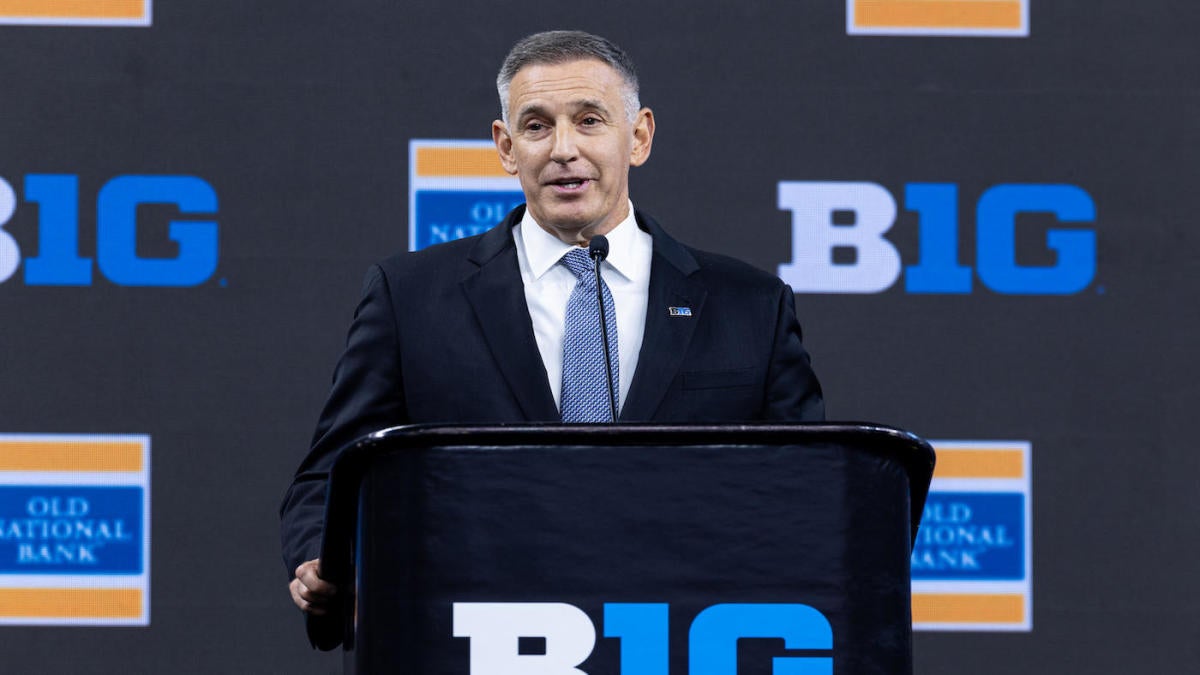It’s absolutely possible.I agree with you it’s not likely to happen and I think they realize the safest bet is for them to keep a system where everyone has access. That said, I did find this quote interesting. From a Dennis Dodd article a couple days ago and it basically says the networks have told them a 2 conference breakaway would be successful financially. Here’s the quote:
If NCAA membership doesn't agree to their reforms, the SEC and Big Ten have the leverage to take their 34 teams and stage their own national championship. The networks and the market itself have told them that is possible, and it's a path which SEC commissioner Greg Sankey has already hinted at in the past.

SEC, Big Ten 'advisory group' stands as coded threat to NCAA: Figure it out, or we'll go off ourselves
The power conference may well reshape college athletics in their imagewww.cbssports.com
It’s highly unlikely to be more lucrative. If it were more lucrative they’d have already blown it all up.

